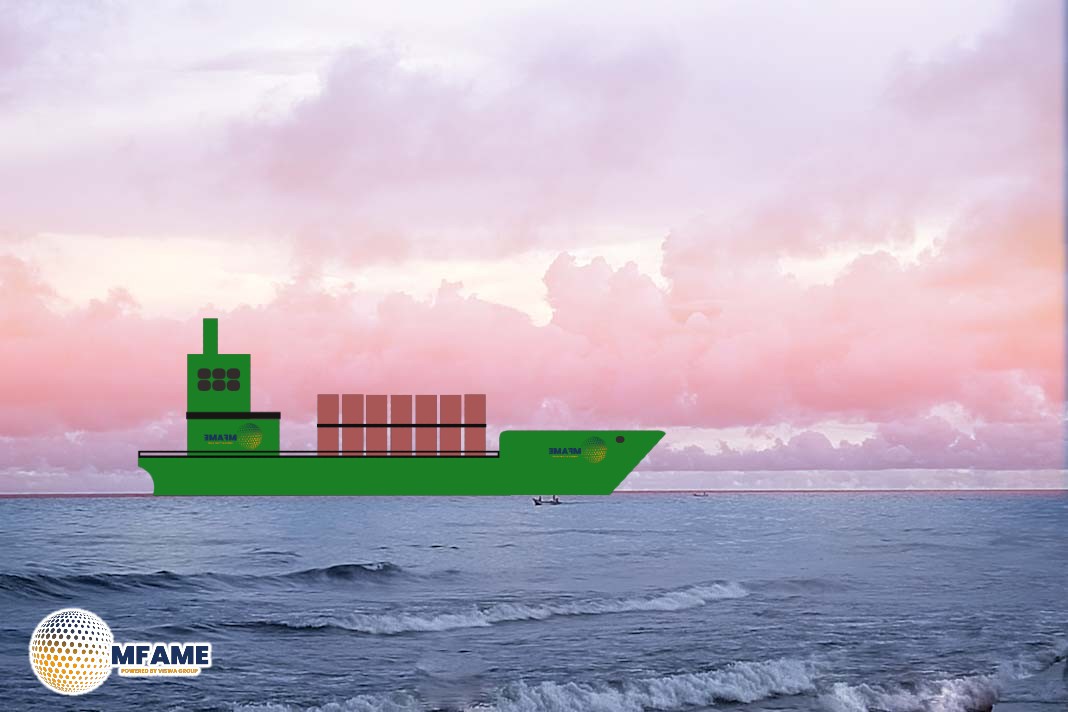Global LNG freight rates experienced a significant drop on April 16th. Sources with direct knowledge of the situation reported that at least three of the nine production trains at the Bintulu LNG terminal in Malaysia were temporarily offline due to technical issues. This disruption caused delays in scheduled export loadings at the port. Consequently, shippers found themselves needing to relet their LNG carriers, contributing to the sharp decline in freight rates, reports S&P Global.
Two Stroke LNG Carrier
Given the current time in Lucknow, Uttar Pradesh, India (Friday, April 18, 2025 at 4:38 PM IST), these are recent developments impacting LNG freight rates in the Asia-Pacific region.
Sources indicate that operational issues, with approximately three production trains reportedly offline at the Bintulu LNG terminal, have led to a significant decrease in LNG freight rates in the Asia-Pacific region on a day-over-day basis.
Among the recent fixtures, Petronas, a key LNG exporter from Bintulu, has chartered one of its two-stroke LNG carriers to BP at a rate of around $17,000 per day.
S&P Global Commodity Insights assessed the freight rate for spot voyages on two-stroke LNG carriers at $22,500 per day on April 16th, marking a $2,000 decrease compared to the previous day. The freight rate for TFDE (Tri-Fuel Diesel Electric) LNG carriers also saw a decline of $1,000 per day, falling to $15,000.
A source involved in these spot market transactions noted that charterers were attempting to secure two-stroke LNG carriers at freight rates below $20,000 per day.
LNG brokers in Singapore attributed the increased availability of LNG carriers, resulting from the temporary reduction in loadings at the Bintulu terminal, to a period of already weakened demand. This demand decline is partly due to the cessation of LNG imports by China from the US following a substantial increase in tariffs.
Trade sources in Singapore anticipate that China’s LNG imports could potentially decrease by at least 3 million metric tons this year, down from an estimated 78 million tons in 2024.
The Bintulu LNG terminal, with an annual production capacity of approximately 30 million tons, is recognized as one of the world’s largest LNG production facilities.
Did you subscribe to our daily Newsletter?
It’s Free Click here to Subscribe!
Source: S&P Global

















